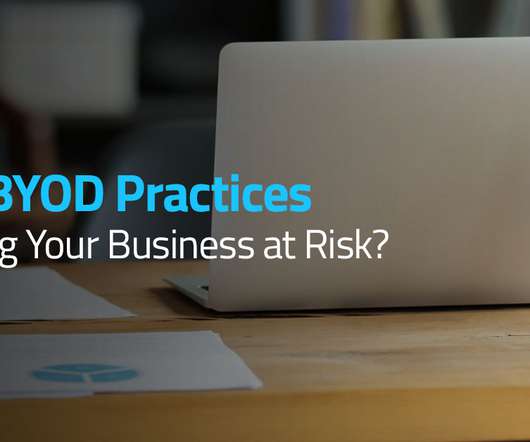Guest Post: Cybersecurity Incidents Lead to New Standards, Requirements
Security Industry Association
DECEMBER 13, 2023
Because the traditional security industry relies on a multitiered model where many products go from manufacturer to distributor to security integrator to end user, manufacturers often are unaware of the final destinations of – and applications for – their products. Many cybersecurity standards in the U.S. and parts of Europe.











Let's personalize your content